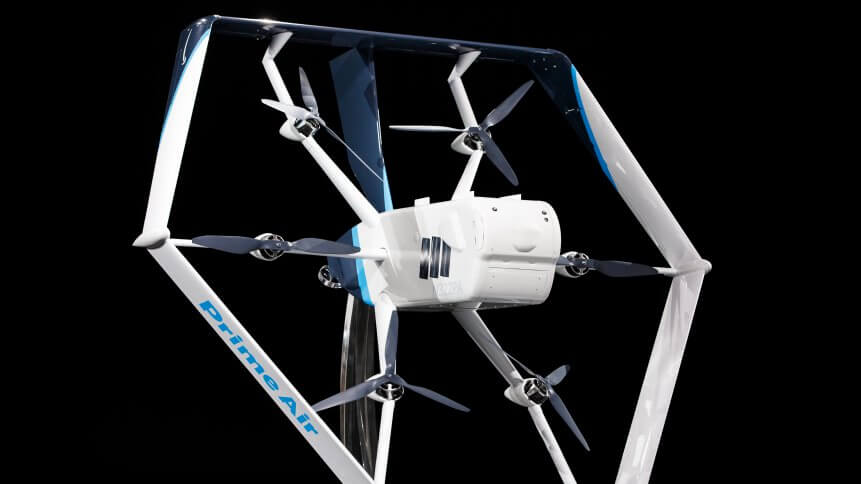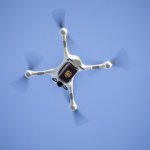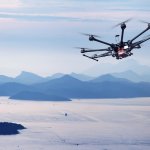Amazon gets FAA green light for drone deliveries

- Amazon is the third company to get the green light to trial its drone delivery fleet
- Online grocery sales will hit US$100 billion by 2025, according to the Food Marketing Institute
Amazon has received federal approval to begin testing commercial deliveries using drones, with the United States Federal Aviation Administration (FAA) this week handing the retail giant a Part 135 air carrier certificate.
This brings Amazon closer to realizing its mission of delivering some packages within 30 minutes or less.
David Carbon, an Amazon vice president who oversees Prime Air said,“This certification is an important step forward for Prime Air and indicates the FAA’s confidence in Amazon’s operating and safety procedures for an autonomous drone delivery service that will one day deliver packages to our customers around the world.”
He added that the company would “continue to develop and refine our technology to fully integrate delivery drones into the airspace, and work closely with the FAA and other regulators around the world to realize our vision of 30-minute delivery.”
The tech titan has long eyed the power of drone technology within the last-mile logistics sector, where unconstricted by congestion or complex infrastructure, it can potentially shave hours off delivery times for certain items.
Since last year, Amazon has invested billions of dollars in bolstering its warehouses and delivery infrastructure. Walmart and Target shares dipped after the retail giant made “one-day shipping the standard for all Amazon Prime.”
The Seattle-based firm also debuted its new delivery drone at a Las Vegas Conference last year. The latest version of its delivery drone can take off vertically like a helicopter and fly forward like an airplane.
The retail giant estimates its electric-powered drones will be able to fly as far as 15 miles and deliver packages weighing less than five pounds within a 30-minute time frame.
In the fiercely competitive delivery landscape, shorter and faster services to consumers are vital. These standards are determining factors for consumers to decide which retailers’ services to enlist, while the pandemic and consumers’ increasing reliance on e-commerce has only enforced this need, especially in the rapidly growing online grocery sector.
Before the coronavirus outbreak, just 3% – 4% of grocery spend in the US was online, according to Bain & Company. This figure increased as much as fivefold in the thick of the pandemic when online grocery sales accounted for 10% – 15% of total industry figures.
By 2025, online grocery sales are expected to reach US$100 billion and capture as much as 20% of total grocery retail, based on a study carried out by the Food Marketing Institute at Nielsen.
YOU MIGHT LIKE

UPS launches first regular drone deliveries in US
Tech giants are pushing their delivery services — Uber did so after its ride-hailing division took a hit — while supermarkets are offering more delivery and non-contact pickup options.
Drone deliveries are a slow-coming but potentially disruptive solution in the increasingly crowded deliveries sector. So far, drone deliveries have been largely constrained enclosed areas, such as within the grounds of hospitals and medical campuses, where the machines can quickly deliver or receive samples.
There are still plenty of regulatory weeds to cut through before drones are let out into the wild, but the ground is being made steadily. Another challenge is the lack of available testing space.









